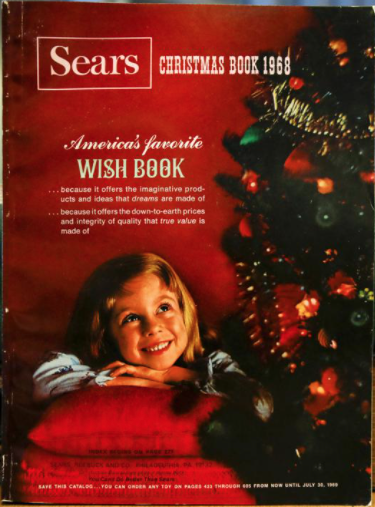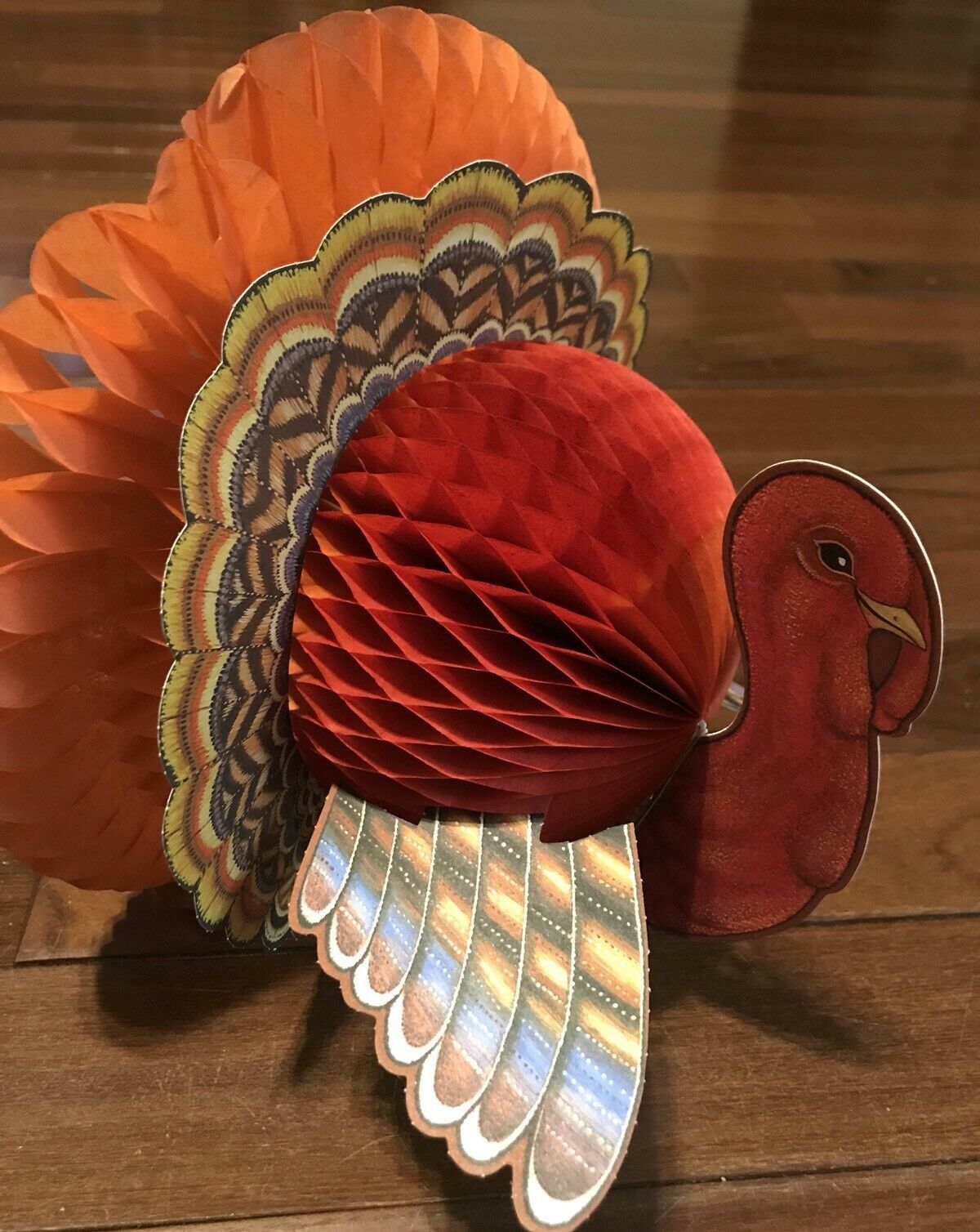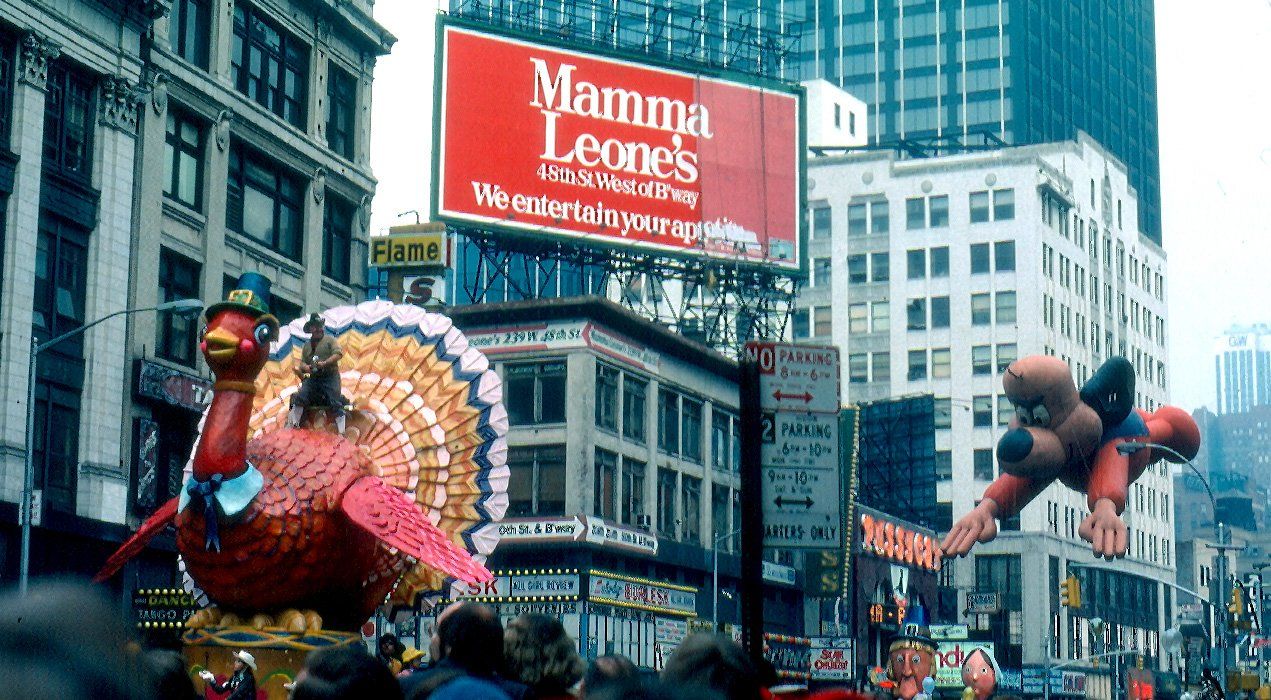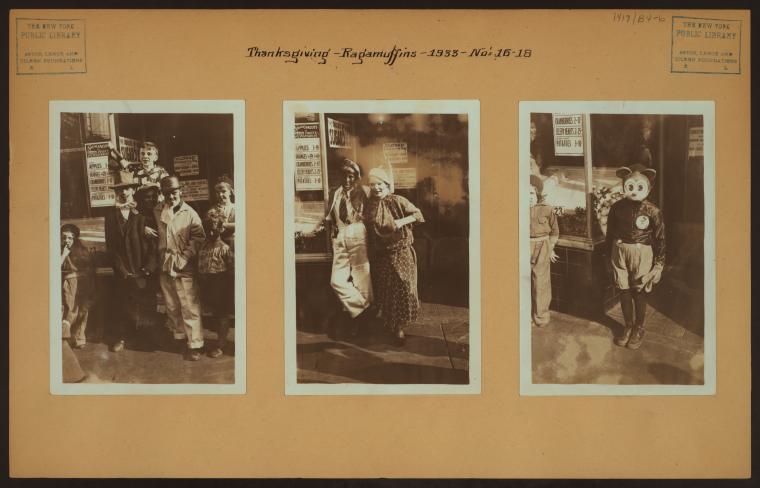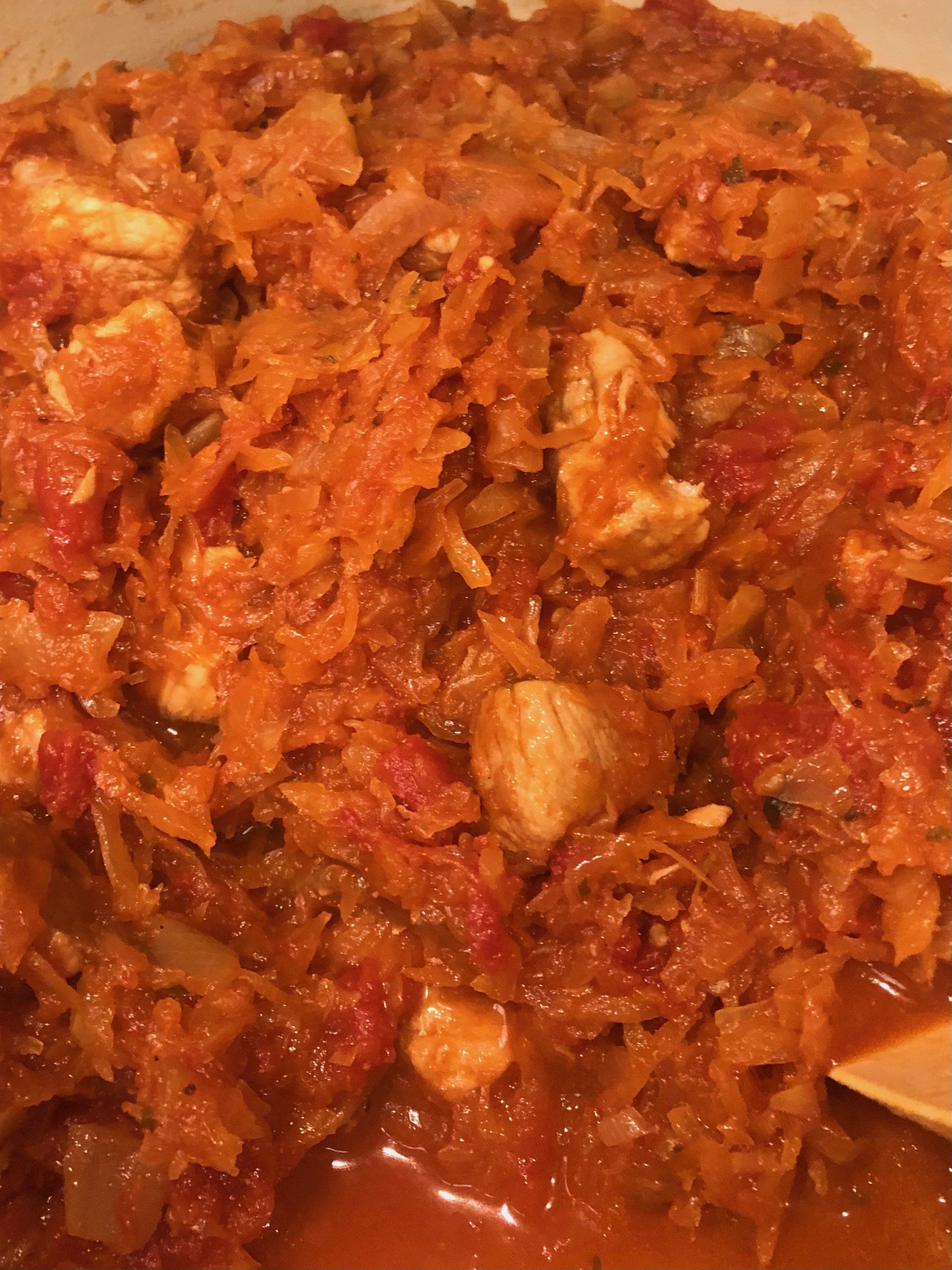JEFF KURTTI is the most prolific nonfiction legacy author in Disney history, with more than 40 volumes to his credit over 25 years. A leading authority on The Walt Disney Company, its founder, and its history, he is also a writer-director of award-winning documentary content, and a respected public speaker. A Seattle native, Kurtti worked as a production coordinator on the 1984 Los Angeles Olympic Arts Festival, followed by two years as the assistant to the president of California Institute of the Arts (CalArts). For several years, he worked for Walt Disney Imagineering, the theme park design division of The Walt Disney Company, and then for the Corporate Special Projects department of Disney. Since 1995, Kurtti has enjoyed a career as an author, writer, and consultant in the motion picture, theater, and themed design industries. He was creative director, content consultant, and media producer for The Walt Disney Family Museum in San Francisco and a producer of The Boys: The Sherman Brothers Story, a critically acclaimed documentary about the famed songwriters.
Birthdays, Holidays, Parades, and Potato Chips—and What We Leave Behind
by Jeff Kurtti
This time of year also coincides with the passing on of great holiday traditions among family and friends. For my birthday dinner, for instance, I made a strange dish that my Grandma Mick made every Thanksgiving and Christmas, a recipe she was taught by the in-laws of her Yugoslavian-born husband, Mitchell. It’s a variation on a cabbage goulash, a seemingly-odd combination of sauerkraut, pork, orange, and tomatoes. It’s weird and freaks people out. It’s delicious, and the smell of it simmering on the stove always puts me in mind of those anxiously-awaited holidays. It still summons magic in my mind (see recipe below).
My children know of this dish and its origins (and I wish I knew more beyond that). I’ve told them my story. They know that Thanksgiving Day and Christmas means Ruffles potato chips and French Onion Dip. Why? Because it reminds me of the same in my childhood, and now it will remind them. They know that the Macy’s Thanksgiving Day Parade points directly to Christmas, and they know one of the landmarks is deep-fried wave-cut potato slices dunked in sour cream and onion.
The television event that the Macy’s Thanksgiving Day Parade has become is, I think, a total bore to them. They live in a rapid-pace, message-filled, multi-platform media world. When I was their age, the parade was one of five things I could watch on TV on Thanksgiving morning. We got a morning and evening newspaper. And magazines. TV Guide, Woman’s Day, Family Circle, Reader’s Digest. World Book Encyclopedia. The Sears Wish Book. Things completely foreign to them.
The Sears “Wish Book,” the first year it was called that. I can still remember the smell of the freshly-printed pages.
But as often happens upon reflection, it made me curious—I am the recipient of a mid-20th Century set of fading holiday traditions, among them Gurley Thanksgiving pilgrim candles, and Hallmark honeycomb paper turkey centerpieces, and my beloved annual parade. But Macy’s hasn’t been here forever. Was there something like that before Macy’s?
I carefully re-folded the Turkey Centerpiece every year. I preserved for years a paper decoration that I was stunned to discover many people threw away!
Upon its debut, the Macy’s Parade was originally Christmas-themed. In 1924, employees organized a Christmas parade with “floats, bands, animals from the zoo and 10,000 onlookers," according to a Macy’s history page. It started at 154th Street and ended at Macy’s famous Herald Square flagship on 34th Street, and the unveiling of the store’s Christmas windows. After three years, the parade was shifted to Thanksgiving Day. For fans of Miracle on 34th Street, it’s interesting to learn that Macy’s seemingly-eternal parade was not the first—Macy’s renowned (and now defunct) competitor, Gimbel’s sponsored the first one, in 1920 in Philadelphia.
Tom Turkey has been an icon of the Macy’s Thanksgiving Day Parade since 1973. Here he is in 1979, pursued by another mostly-forgotten childhood memory, Underdog.
Photo By Jon Harder - User JonHarder, CC BY 2.5, https://commons.wikimedia.org/w/index.php?curid=784775
I found that before that, there was an even earlier tradition, peculiar to New York City—the Ragamuffin Parade. “Before Halloween was the holiday known for dressing up in costume and begging for candy (this practice did not become common until the 1940’s and 50’s), children in NYC often participated in what was called Ragamuffin Day,” writes Carmen Nigro, of the New York Public Library. “On Ragamuffin Day - which was Thanksgiving Day - children would dress themselves in rags and oversized, overdone parodies of beggars…ragamuffins would then ask neighbors and adults on the street, ‘Anything for Thanksgiving?’ The usual response would be pennies, an apple, or a piece of candy.”
Manhattan: Bleecker Street—Perry Street, Thanksgiving ragamuffins, 1933.
Irma and Paul Milstein Division of United States History, Local History and Genealogy, The New York Public Library. "Thanksgiving ragamuffins, No.16-18." The New York Public Library Digital Collections. 1933. http://digitalcollections.nypl.org/items/510d47dd-a50c-a3d9-e040-e00a18064a99
An article in New York Tribune on November 21, 1909 dated the tradition back 40 years, to about 1870. Carmen Nigro documents that the last reporting of the Thanksgiving Ragamuffin parades was in 1956. Overshadowed by the Macy’s Thanksgiving Day Parade, and ceded to the rise of Halloween trick or treating, a nearly century-old tradition died out, and is all but forgotten today.
There’s no Sears Wish Book anymore, either. Newspapers are largely digital. Magazines are something of a luxury item. I’m not worried, or sad about the seeming loss of these things. I’m an historian, and the evolution of social traditions is natural. Luckily, our modern successors have the entire history of such things right at their keyboards—if they have the interest and initiative to pursue it, and good curatorial guides to help them. Maybe that’s what I do.
My kids will remember Grandma Mick’s “Sauerkraut,” and Ruffles and Onion Dip, and the Macy’s Thanksgiving Day Parade, and a hundred other oddities of our family.
There’s not even a Yugoslavia anymore. But my youngest son is named Mitchell, after his long-passed Yugoslavian great-grandfather. And he knows that, and he knows why.
I guess that’s how traditions work.
I look at this photo and I can smell it. Grandma Mick’s holiday tradition will live on, at least until I’m not here to make it anymore.
Grandma Mick’s Yugoslavian “Sauerkraut”
INGREDIENTS:
4 tbsp Olive Oil
2 White Onions, chopped
2 cloves Garlic
2 lbs. Pork, cubed
2 tbsp. Hungarian Sweet Paprika
1.5 lbs. Plain Sauerkraut, rinsed and thoroughly drained
1 Large can, crushed tomato (or fresh tomatoes, peeled and crushed)
1 15 ounce can, tomato sauce
1 tbsp Sugar
5 Bay leaves
2 tbsp Dried Parsley
Peel of two large fresh oranges
Salt and pepper to taste
In a pan or Dutch Oven, combine olive oil, meat, garlic, and onion.
Brown meat on all sides, add paprika, stir to mix in.
Add drained sauerkraut, orange peel, crushed tomatoes, tomato sauce, bay leaves, and sugar. Mix thoroughly, cover pot.
Simmer covered for one hour, or until meat is tender.
Simmer uncovered to reduce liquid, about one hour.
Remove orange peel and bay leaves before serving.

